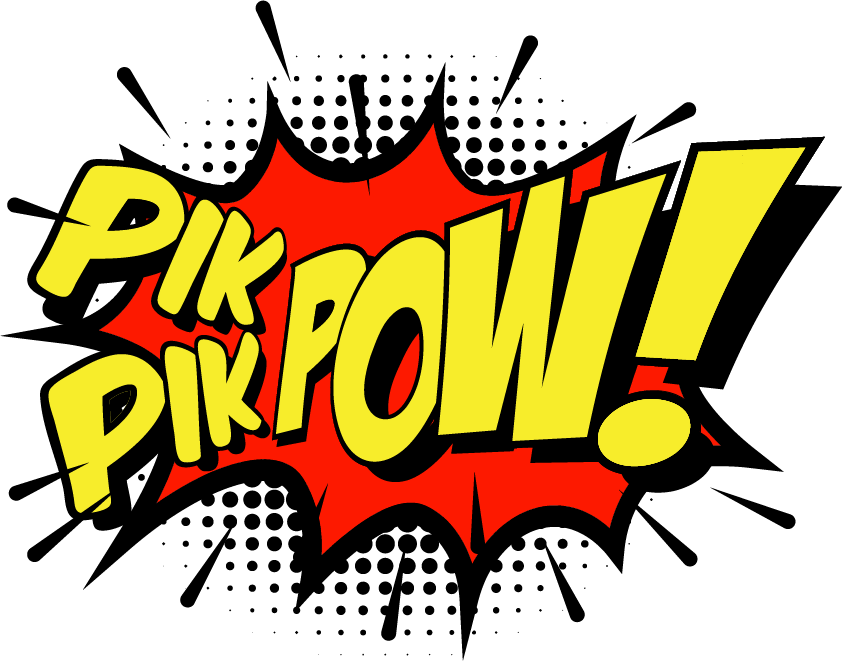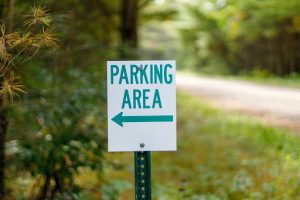Generating an exceptionally good signage design requires more than selecting the right colours and fonts; it’s about building a remarkable impression that strengthens your brand and communicates understandably with your audience. In this guide, we’ll cover everything you need to know about impactful signage design, incorporating the elements of great signage, how to Design Impactful Signage, usual blunders to stay away from, and top tips for creating your signs that are truly beneficial.
What is Signage?
It refers to any optical display that transmits details, usually in a business, public, or event setting. They can assist in numerous purposes, from advertising and brand recommendation to leading people within a space. They come in many forms, such as posters, wall signs, digital displays, and even vehicle graphics; each stands in need of a unique design approach.
Types of Signage
Selecting the correct type of signage for your needs is the first step toward beneficial connections with the audience. Here’s an summary of common types: Selecting the correct type of signage for your shop and needs is the first step toward beneficial connections with the audience. Here’s an summary of common types for designing effective signage:
- Pylon Sign:

Freestanding and tall, these signs grab attention from a distance, commonly used along roadways.
Effective for interior branding or promotional messages inside stores.
3.Wall Signs:
Versatile for indoor and outdoor use, wall signs are commonly used for brand logos and advertisements.
4.Directional Signage:
Essential in large venues or public spaces, helping visitors find their way.
- Vehicle Graphics:

Mobile advertising on cars, buses, and vans that can broaden brand reach.
- Banners:
Portable signs frequently used at events for brand displays or information.
Why is Signage Important?
Good signage assists as a silent diplomate for your brand, conveying key messages while increasing customer experience. Here’s how designing effective signage benefits businesses:
- Differentiates from Competitors:
Unrepeatable, well-designed signs make an unforgettable first impression.
- Attracts Customers:
Eye-catching signage drags people in, engaging interest in your products or services.
- Enhances Brand Recognition:
Consistent signage across locations reinforces your brand identity.
- Provides Navigation:
Directional signs help customers easily find their way, especially in larger spaces.
Long-lasting signs save money by diminishing the need for numerous replacements.
- Boosts Sales:
Strategic signage with promotional messages can lead to impulse purchases.
Key Elements of Effective Signage Design
Crafting great signage requires attention to specific elements that make it both functional and attractive:
- Clarity:
Keep your message concise to avoid overwhelming viewers.
- Visibility:
Ensure readability from a distance with appropriate font sizes and contrasting colours.
- Visual Appeal:
Use colours, fonts, and graphics that line up with your brand identity and attract attention.
- Durability:
Select materials that withstand environmental situations, mainly for outdoor signage.
- Ease of Installation:
For temporary signs, select materials that are easy to install and remove.
Common Mistakes to Avoid in Signage Design
Avoid these mistakes to ensure your signage effectively conveys its message and maintains a professional appearance:
- Ignoring Viewing Distance:
Adjust font size and graphics based on anticipated viewing distance.
- Using Poor-Quality Materials:
High-quality materials ensure longevity and reduce maintenance.
- Inconsistent Branding:
Ensure colours, fonts, and imagery are consistent with your brand identity.
- Skipping Professional Help:
Expert designers bring a polished look and ensure legibility.
- Overcomplicating the Design:
Avoid cluttered text and excessive graphics; simplicity often works best.
Steps: How to Design Impactful Signage
- Analyse Sign Location:
Consider viewing distance, lighting, and potential obstructions to ensure visibility.
- Choose Contrasting Colours:
High contrast improves readability, even from a distance.
- Select Readable Fonts:
Stick with clean, sans-serif fonts that are easy to read quickly.
- Consider Size and Scale:
Ensure the size is appropriate for the location and intended impact.
- Use Quality Graphics:
High-resolution images and graphics avoid pixelation and maintain a professional look.
- Seek Professional Help if Needed:
For large projects, a professional designer can refine and elevate your signage.
Pro Tips for Successful Signage Design
- Test the Design in the Real Location:
Place a mockup to assess readability and adjust as needed.
- Align with Brand Messaging:
Ensure that the sign’s tone and look reflect your brand identity.
- Incorporate Lighting for Outdoor Signs:
Good lighting or reflective materials keep the sign visible day and night.
- Focus on the Target Audience:
Tailor colours, fonts, and design elements to attract directly your audience.
Conclusion
Designing Effective Signage is funding that can pay off extraordinarily in terms of brand visibility, customer engagement, and overall impact. By focusing on clarity, visibility, branding, and selecting the right materials, you can generate signage that not only attracts but also resonates with your audience. Call to mind to keep away from common design dangers, attempt to find professional help when necessary, and always test your design to guarantee it meets your goals.
FAQs
Q1: What is the most important aspect of signage design?
The most essential aspect is clarity. The message should be easily readable at a glance, especially if viewers are moving or at a distance. Clarity ensures the message is understood without confusion.
Q2: How do I choose the best colours for my signage?
Use colours that not only shine your brand but also give a strong variation. High-contrast color fusions, like black and white or yellow and dark blue, are visually attractive and easy to read.
Q3: Which materials are best for outdoor signage?
Long-lasting, weather-resistant materials like aluminum, acrylic, and PVC are perfect for outdoor signs. These materials grasp up well under numerous weather situations and guarantee the sign remains in good shape.
Q4: How can I determine the right size for my signage?
The size of the sign should match the viewing distance and location. For instance, larger signs work better in open spaces or for roadside visibility, while smaller signs are effective in close-range areas like storefronts.
Q5: What are common mistakes in signage design?
Common mistakes cover overcrowding the design with text, using low-standard images, taking no notice of branding elements, and selecting overly decorative fonts. It’s also crucial to think about resilience and the suitability of materials for the environment.


